

El Cid
Ferdinand and Isabella
Moorish History
Class Policy
Homework
Grammar
Spanish Programs
Spanish 1 Quizzes
Spanish 2 Quizzes
Software

French main

Grammar
Charlemagne
Louis XIV
Napoleon
Joan of Arc
Class Policy
Homework
Quizzes
Programs

Biology main

Class Policy
Homework
Quizzes
Programs

Chemistry Links
Quizzes
Software

Physics Links
Quiz Links
Software

Earth Science

Astronomy

Science
Proficiency Links

|

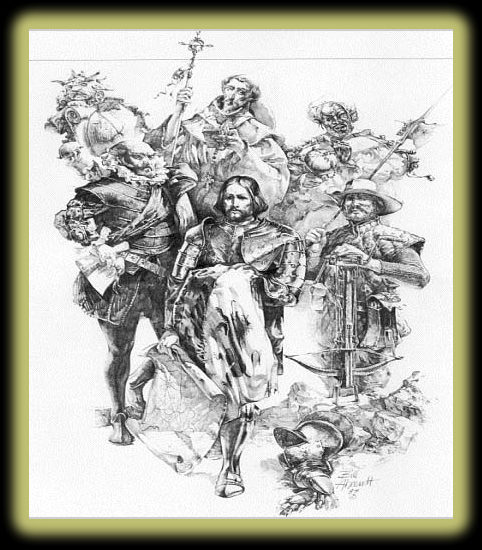



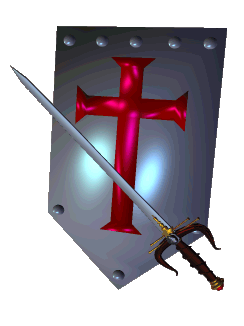



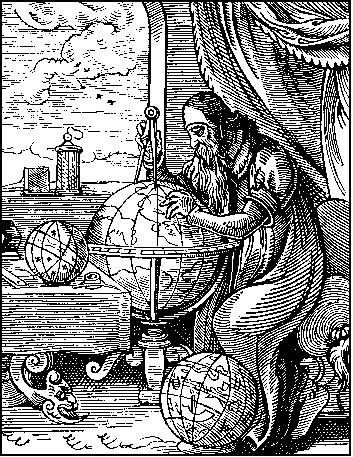

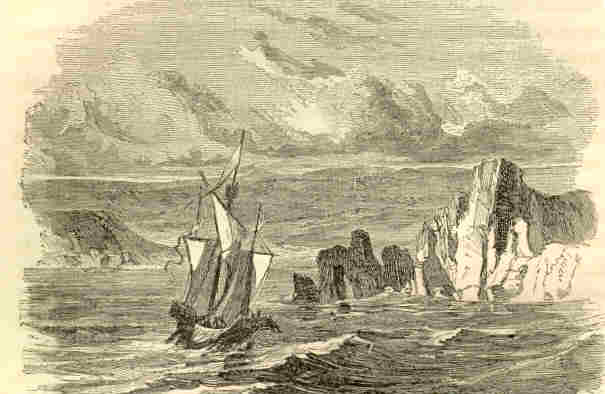

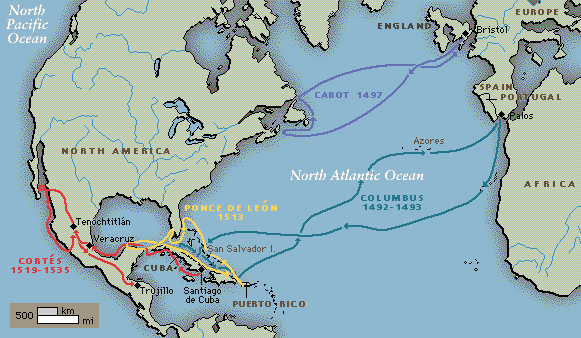

Choose an Explorer from This List:
Pedro de Alvarado
Vasco Núñez de Balboa
Alvar Núñez Cabeza de Vaca
Christopher Columbus
Francisco Vásquez de Coronado
Hernán Cortés
Ponce de León
Juan de Grijalva
Panfilo de Narvaez
Francisco de Orellana
Alonso Alvarez de Pineda
Hernando de Soto
Juan Sebastián Elcano
Francisco Pizarro
Diego Velázquez de Cuéllar
Sebastián Vizcaíno

Pedro de Alvarado
(1495-1541)
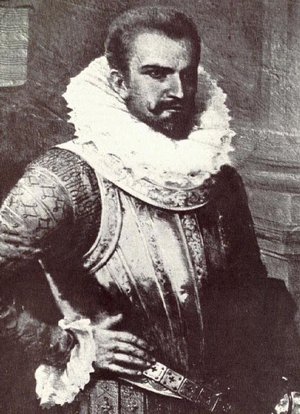
Alvarado was born in Badajoz, Spain about 1495
Pedro de Alvarado Information is from http://en.wikipedia.org
Pedro de Alvarado (1485-1541) Information is from http://coloquio.com

Vasco Núñez de Balboa
(1475-1519)
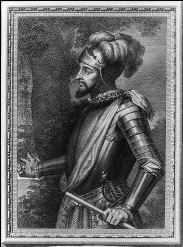
Vasco Núñez de Balboa
(1475-1519) Information is from http://library.thinkquest.org
Vasco Núñez de Balboa
(1475-1519) He was the first European to see the Pacific Ocean from its eastern shore. Information is from http://coloquio.com/famosos/balboa.htm
Balboafrom The Catholic Encyclopedia
Balboa from www.prayextremadura.info

Alvar Núñez Cabeza de Vaca
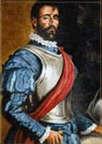 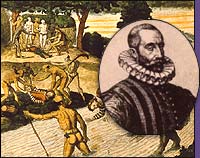
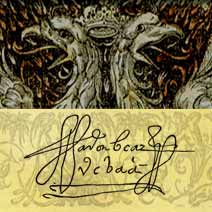

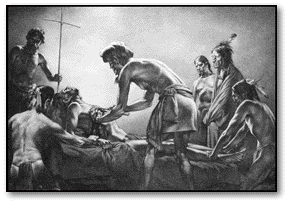 The First Recorded Surgical Operation in North America was performed by Cabeza de Vaca in 1535 when he took an arrowhead out of the chest of an Indian.
The First Recorded Surgical Operation in North America was performed by Cabeza de Vaca in 1535 when he took an arrowhead out of the chest of an Indian.
 Cabeza de Vaca's route
Cabeza de Vaca's route
Alvar Nuñez Cabeza de Vaca Information is from http://coloquio.com
Alvar Núñez Cabeza de Vaca Information is from The Catholic Encyclopedia
Alvar Núñez Cabeza de Vaca Information is from Columbia Encyclopedia
Alvar Núñez Cabeza de Vaca Information is from The University of Texas, www.tsha.utexas.edu/handbook/online/
Alvar Núñez Cabeza de Vaca Information is from www.pbs.org/weta/thewest
Alvar Núñez Cabeza de Vaca Information is from The Center for the Study of the Southwest at Texas State University – San Marcos
Alvar Núñez Cabeza de Vaca Information is from The Center for the Study of the Southwest at Texas State University – San Marcos
“In 1527 he was appointed the treasurer of a royal expedition led by Pánfilo de Narváez of about 300 men to Florida. In April 1528 the expedition sailed into Tampa Bay, began an overland march to Apalachee Bay, and then attempted to reach Mexico in makeshift boats. Separated from Narváez, Cabeza de Vaca led a small band of survivors to an island, probably Galveston, where the band was captured by native people. Early in 1535, Cabeza de Vaca and the three other survivors of the expeditionDorantes, Castillo, and Esteban the Moorescaped and began a journey across what are now the southwestern United States and northern Mexico. In 1536 they reached a Spanish settlement on the Sinalo River in Mexico. In 1537 Cabeza de Vaca returned to Spain and was rewarded with an appointment as governor of Río de la Plata (now largely Paraguay). His account of the Narváez expedition, Relación and his tales of the Zuñi and their villages, the legendary Seven Cities of Cíbola, encouraged other expeditions to America, particularly those of the explorers Hernando de Soto and Francisco Vásquez de Coronado.”
Alvar Núñez Cabeza de Vaca Information is from www.library.txstate.edu
A comprehensive web archive devoted to the Spanish explorer with the full text of the 1555 edition of La Relacion academic essays, art, bibliographies, and more.
“The Spanish conquistador was shipwrecked in 1528 on what is now Galveston Island. He lived among America's native peoples for the next eight years, transcending enslavement to become recognized as a great spiritual leader. Cabeza de Vaca was the first European to explore what is now Texas and the Southwest. His account, La relación, offers a remarkable historical portrait. It is also one of humankind's great adventure stories. An original 1555 edition of La relación resides at the Southwestern Writers Collection, Alkek Library, Texas State University-San Marcos.”
Cabeza de Vaca’s background by Donald E. Sheppard Information is from www.floridahistory.com
The Journey of Alvar Nuñez Cabeza De Vaca (1542) Translated by Fanny Bandelier (1905) Information is from www.floridahistory.com

Christopher Columbus

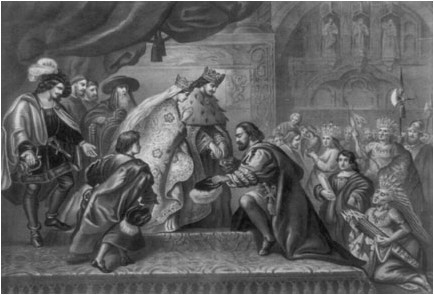
Christopher Columbus meets with King Ferdinand and Queen Isabella.
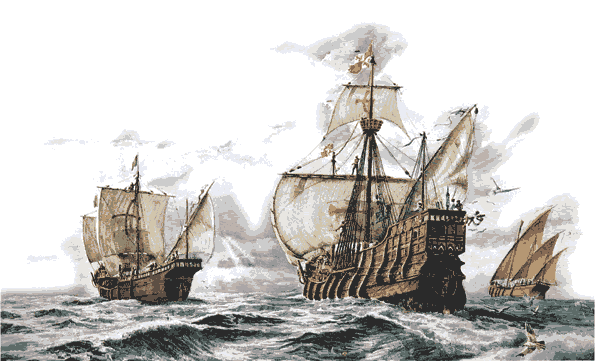
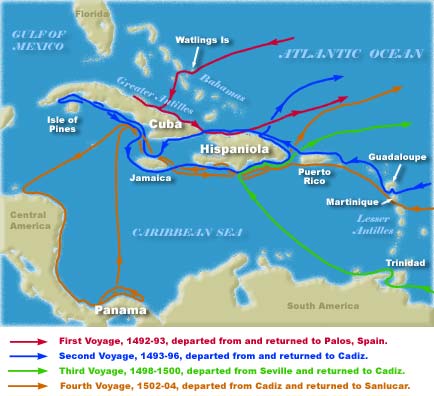
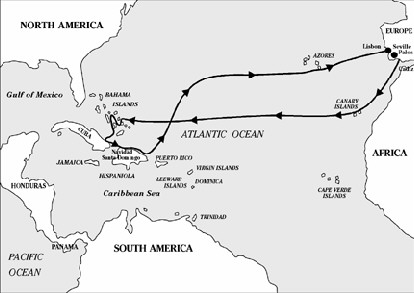
Columbus' first voyage, 1492 to 1493
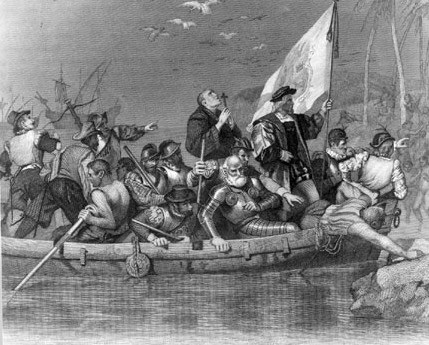
Columbus arrives in the New World.
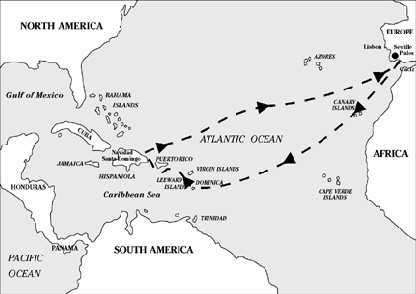
Columbus' second voyage, 1493 to 1496
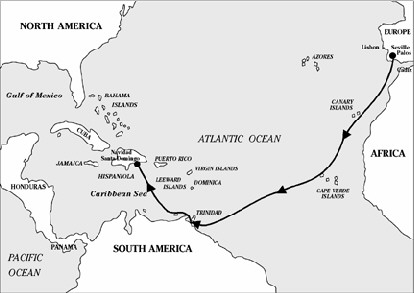
Columbus' third voyage 1498
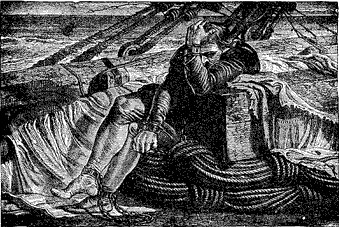
Columbus is sent back to Spain in chains in 1500.
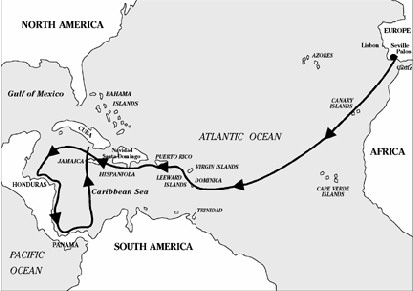
Columbus' fourth voyage 1502 to 1504
Columbus An Italian who explored for the Spanish crown. A good article about Columbus with a map of his voyages. Information is from http://www.u-s-history.com
Columbus Information is from http://www.enchantedlearning.com
-Christopher Columbus Information is from The Columbia Encyclopedia, Sixth Edition. 2001.
-The Columbus Navigation Homepage Examining the History, Navigation, and Landfall of Christopher Columbus website by Keith A. Pickering who has been researching Columbus and his voyages since 1991, and has during that time authored two papers on Columbus's navigation that have appeared in scholarly journals. He has also given a number of lectures on Columbus's navigation and the log of his first voyage to the Society for the History of Discoveries, of which he is also a member. Currently, he is in the early stages of writing a book on the Landfall problem, and has been a consultant to National Geographic on an upcoming map of exploration and discovery.
-Christopher Columbus: Extracts from Journal This text is part of the Internet Medieval Source Book. The Sourcebook is a collection of public domain and copy-permitted texts related to medieval and Byzantine history.
This website is by Paul Halsall of Fordham University, New York City's Jesuit University. He is the ORB, Online Reference Book for Medieval Studies, sources editor. The Internet Medieval Sourcebook is located at the
Fordham University Center for Medieval Studies. Click here http://www.fordham.edu/mvst/ to access this site.
-Christopher Columbus and the Spanish Empire This tutorial is from The Applied History Research Group of the University of Calgary, Calgary, Alberta, Canada.
-A Letter from Christopher Columbus to the
King & Queen of Spain, 1490's Information is from The University of Oklahoma Law Center in Norman, OK.
-The Story of Columbus The True Story of Christopher Columbus, Called the Great Admiral by Brooks, Elbridge Streeter, 1846-1902, from The Electronic Text Center, University of Virginia Library.
-Privileges and Prerogatives Granted by Their Catholic Majesties to Christopher Columbus: 1492. Read what their majesties Queen Isabella and King Ferdinand granted Columbus, from The Avalon Project at Yale Law School.
-The Columbus Letter Christopher Columbus's letter announcing the success of his voyage to the "islands of the India sea" is one of the most remarkable documents ever published. It is a key document in the social and intellectual histories of both Europe and the Americas. From The Osher Map Library and Smith Center for Cartographic Education, University of Southern Maine. A literal translation of the Latin text of the Basel 1494 edition into English.

Francisco Vásquez de Coronado
(1510-1554)

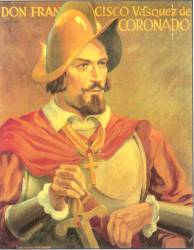
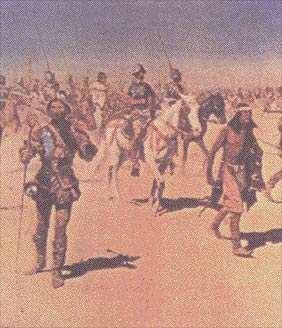
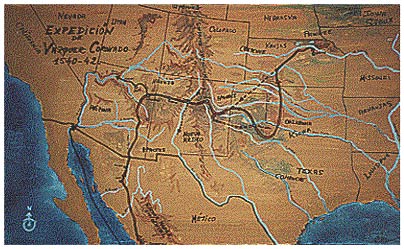 Coronado's route
Coronado's route
Francisco Vázquez de Coronado Information is from www.pbs.org
An account of the expedition to Cibola which took place in the year 1540, in which all those settlements, their ceremonies & customs, are described. Written by Pedro de Castaneda, of Najara. Information is from www.pbs.org/weta/thewest/resources/archives/one/corona1.htm
Coronado's Report to Viceroy Mendoza
Sent from Cibola, August 3, 1540 Information is from www.pbs.org/weta/thewest/resources/archives/one/corona8.htm
Coronado's Report to the King of Spain
Sent from Tiguex on October 20, 1541 Information is from www.pbs.org/weta/thewest/resources/archives/one/corona9.htm

Hernán Cortés
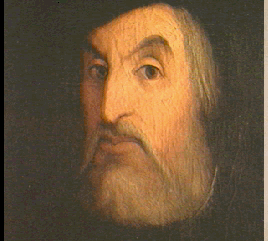
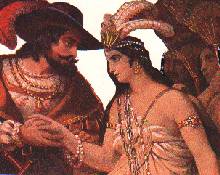 Hernán Cortés and Malinche
Hernán Cortés and Malinche
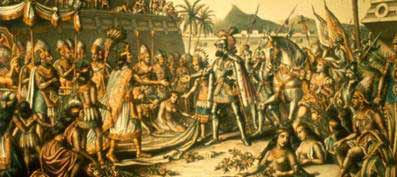 Hernán Cortés meets Montezuma
Hernán Cortés meets Montezuma
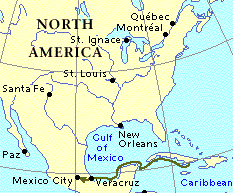 Cortés' route
Cortés' route
Cortés from The Catholic Encyclopedia
Hernán Cortés Information is from http://www.umich.edu
Hernán Cortés Information is from http://www.umich.edu
Cortés' Second Letter to Charles V, 1520.
Information is from http://www.fordham.edu
Cortés' last will and testament Information is from http://members.tripod.com/~GaryFelix/HCwill.htm
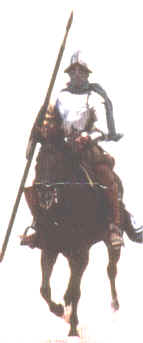

Ponce de León
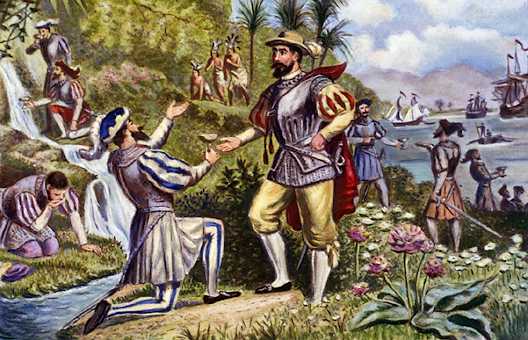 Ponce de Leon and the Fountain of Youth
Ponce de Leon and the Fountain of Youth
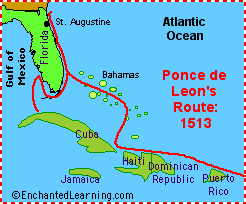 The Route of Ponce de Leon
The Route of Ponce de Leon
Ponce de León Information is from www.enchantedlearning.com/explorers
Ponce de León Information is from www.newadvent.org
Ponce de León Information is from encarta.msn.com/encyclopedia
Ponce de León Information is from www.bartleby.com
Ponce de León Information is produced by the Florida Center for Instructional Technology, College of Education, University of South Florida
Ponce de León Information is from www.u-s-history.com
Ponce de León Information is from www.publicbookshelf.org
Ponce de León Information is from www.socialstudiesforkids.com
Fountain of Youth Information is from www.progress.org

Juan de Grijalva
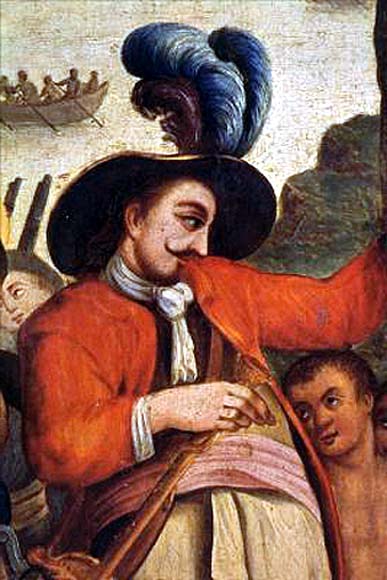
Diego Velázquez had his nephew, Juan de Grijalva, along when they conquered Cuba in 1511. Grijalva founded the city of Trinidad in 1514. In 1518, Velázquez, then governor of Cuba, sent Grijalva to explore the eastern coast of Mexico. He explored the Mexican coast from the Yucatan to what is now Veracruz.
Juan de Grijalva Information is from www.athenapub.com/grijalv1.htm
Juan de Grijalva Information is from www.famousamericans.net/juandegrijalva/
Juan de Grijalva Information is from www.brainyencyclopedia.com/encyclopedia/j/ju/juan_de_grijalva.html
Juan de Grijalva Information is from www.softscuba.com/ARCHIVES/10Oct2003SoftScubaAdventurer.html

Panfilo de Narvaez
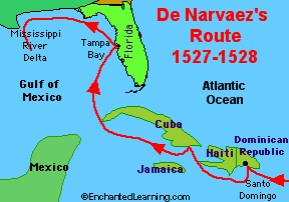
Panfilo de Narvaez was a conqueror of Cuba, he explored the western coast of Florida which he claimed for Spain. He and his men fled hostile Native Americans by rafts they built hastily. Portions of his men reached Texas unharmed, but Narvaez died.
Panfilo de Narvaez -Information is from www.enchantedlearning.com/explorers

Francisco de Orellana
 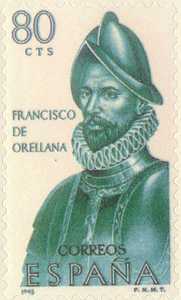
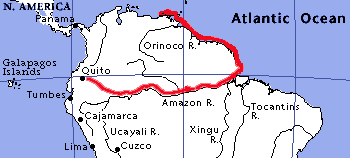
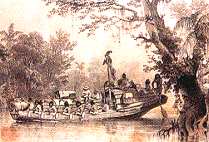 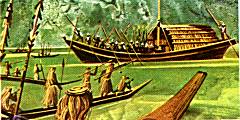
Francisco de Orellana from www.prayextremadura.info

Alonso Alvarez de Pineda
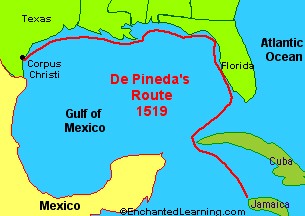
In 1519, de Pineda lead a Spanish expedition that explored the Gulf of Mexico coast from Florida to Cabo Rojo, Mexico.
Alonso Alvarez de Pineda Information is from www.tsha.utexas.edu
Alonso Alvarez de Pineda Information is from www.enchantedlearning.com
Alonso Alvarez de Pineda Information is from www.texancultures.utsa.edu
Alonso Alvarez de Pineda Information is from www.co.nueces.tx.us
Alonso Alvarez de Pineda Information is from www.library.ci.corpus-christi.tx.us
Alonso Alvarez de Pineda Information is from www.nps.gov

Hernando de Soto
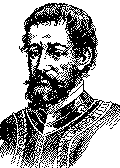
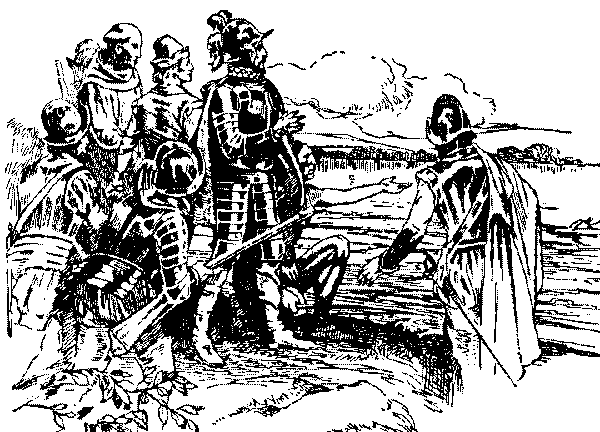 de Soto discovers the Mississippi River
de Soto discovers the Mississippi River
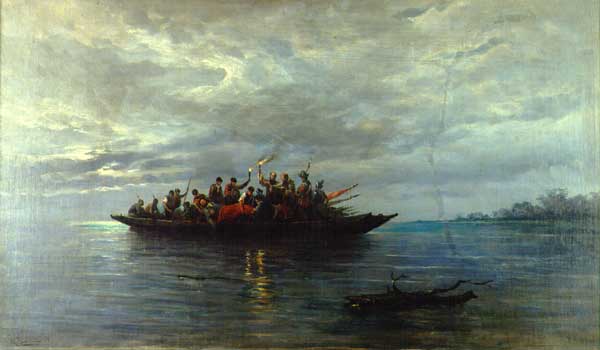 De Soto is buried in a tributary of the Mississippi River
De Soto is buried in a tributary of the Mississippi River

de Soto from The Catholic Encyclopedia
de Soto Discovers The Mississippi 1541 from www.prayextremadura.info
de Soto from www.prayextremadura.info

Juan Sebastián Elcano
(1476-1526)
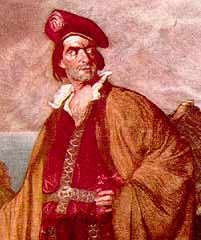
Elcano was the first seaman who ever made the complete trip round the world.
Juan Sebastián Elcano Information is from www.paisvasco.com
Juan Sebastián Elcano Information is from www.famousamericans.net
Juan Sebastián Elcano Information is from www.encyclopedia4u.com
Juan Sebastián Elcano Information is from www.yourencyclopedia.net

Francisco Pizarro

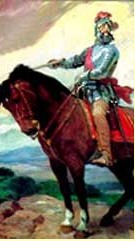
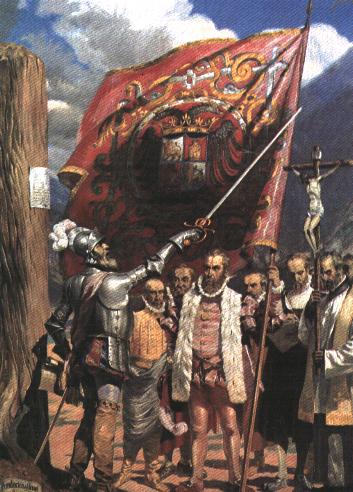 Pizarro founds Lima
Pizarro founds Lima
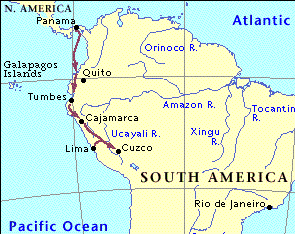 Pizarro's route
Pizarro's route
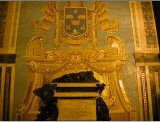 Pizarro's coffin in Lima, Peru
Pizarro's coffin in Lima, Peru
Pizarro from The Catholic Encyclopedia
Pizarro The Columbia Encyclopedia, Sixth Edition. 2001.
The Conquest of the Inca Empire
The Conquest of the Inca Empire
Conquest of the Inca Empire
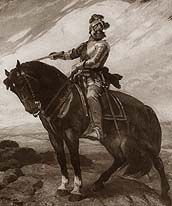

Diego Velázquez de Cuéllar
Explorer, First Governor of Cuba
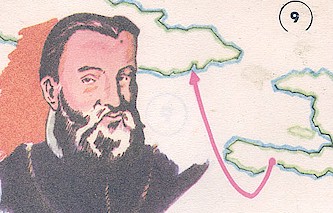
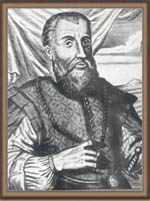
 An early map of Cuba
An early map of Cuba
Velazquez was a companion of Christopher Columbus on his second voyage to America.
He conquered Cuba, receiving the title of governor of Cuba.
He founded the cities of Havana, Santiago de Cuba and Baracoa.
He organized the expedition which culminated in the conquest of México-Tenochtitlan by Hernán Cortés.
The following information is quoted from
The Columbia Encyclopedia, Sixth Edition. Copyright © 2003, The Columbia Press go to: http://www.bartleby.com/65/ve/VelzquzD.html
"c.1460–1524?, Spanish conquistador, first governor of Cuba, b. Cuéllar, Spain. He sailed with Christopher Columbus on his second voyage (1493) to Hispaniola and in 1511 commanded an expedition sent by Diego Columbus to conquer Cuba. Landing at Baracoa, where he established the seat of government, by 1514 he had completed occupation of the island with the aid of his friend and chief lieutenant, Pánfilo de Narváez. Velázquez continued the colonization of Cuba and founded many of its principal towns. Before he sailed for Cuba, there had been ill feeling between him and Diego Columbus; soon after conquering Cuba, Velázquez established himself as governor of the island and declared himself independent of Columbus’s authority. He was connected with the expedition of Fernández de Córdoba to Yucatán (1517) and in 1518 sent out an expedition under Juan de Grijalva, who explored the Mexican coast. Late in 1518 the Spanish king made Velázquez adelantado (civil and military governor) of Cuba and any territories that might be discovered under his orders. Hernán Cortés was placed in command of a third expedition that sailed in 1519 for the conquest of Mexico. Distrusting Cortés, Velázquez in 1520 sent Pánfilo de Narváez to compel his return to Cuba, but Narváez was defeated and the remainder of his forces joined Cortés. In 1521, Velázquez was replaced as governor of Cuba, but in 1523 he was restored to his post."

Sebastián Vizcaíno


What follows is a translation of the following website:
http://www.sandiegohistory.org/bio/vizcaino/vizcaino.htm
"Sebastian Vizcaíno left Mexico City on March 7, 1602, and arrived in Acapulco on the 19th. His expedition sailed on May 5, 1602 with four vessels, described as two ships (the San Diego and Santo Tomás), a frigate (the Tres Reyes), and a long boat. They reached Cabo San Lucas on June 8, where they were forced to abandon the long boat. The remaining three vessels worked their way up the outer coast of Baja California, frequently short on water and separated. They finally reached San Diego on November 10--a voyage of six months and five days!
San Diego was chosen as the name of the port both for the flagship and for the feast of San Diego de Alcalá on November 12. They left San Diego on November 20, landed on Santa Catalina Island, passed through the Santa Barbara Channel and rounded Point Concepcion, which they named for the vigil or feast of the Immaculate Conception. The fleet sailed past Carmel Bay and on December 16, they entered the harbor, which they named after the viceroy of Mexico, Don Gaspár de Zúñiga y Acevedo, Count of Monte Rey, who had dispatched the expedition. They went ashore the following day, and pitched the church tent under the shade of an oak whose branches touched the tidewater, 20 paces from springs of good water in a ravine. Most of the sailors were suffering from scurvy; many were seriously ill, and 16 had died!
On December 29, the Santo Tomás, carrying the sick as well as news of the expedition, was dispatched for Acapulco. The voyage was one of great suffering; 25 men died on the way, or soon after arrival. Only nine survived. The Tres Reyes arrived at Acapulco with only five survivors! Vizcaíno on the San Diego explored the northern coast and returned to Acapulco on March 21.
Vizcaíno accomplished little in the way of new exploration. Except for the Monterey Bay, he discovered no more than Cabrillo had 60 years before. He did, however, chart the coast with such accuracy that his maps were used until about 1790."
What follows is a translation of the following website:
http://www.cicese.mx/mexico/bc/biografias/sebastian_vizcaino.html
"He was born in Extremadura, Spain, in 1548; he died in Mexico in 1623.
In 1580, he participated in the dePortugal invasion, at the head of cavalry troops.
In 1583, he was transferred the New Spain. In 1856, he traveled to Handle, where he dedicated himself to the commerce and served in the military services.
He returned to Mexico in 1589. He obtained great gains by selling the merchandise that he acquired in East. In 1594, he obtained a license to look for pearls in the gulf of California. Between June and November of 1596, he sailed to the Peninsula, established a settlement in the bay that was named La Paz and explored the coast of the Gulf, but had to leave the colony due to the lack of provisions.
In March of 1602 the viceroy monterrey count named him general to direct the exploration of the Californian coast in search of ports of refuge for the galleons of Manila. From the 5 of May of that year to the 21 of February of 1603, he guided three ships from Acapulco to more the north of the Mendocino end, in company of the cosmographers Gerónimo Martí Palaces and the Carmelite friar Antonio of the Ascensión; they fixed the toponymy permanent, they made surveys and they prepared map courses and detailed newspapers of the coast, which would be used for the navigation until the end of the XVIII century.
He was named general of the galleons of Manila in 1603, a privilege which was changed in 1604 by the greater mayor of Tehuatepec, where the road ended which was begun by Cortes between Coatzacoalcos and the Pacific.
In 1607, he received the vacant charge of the provinice of Ávalos, with annual rents of 2 thousand pesos and one pension of 10 thousands. The crown, eager to establish commercial relations with Japan, in 1611 he was named ambassador of king Felipe III before the Court, being the first European to carry out that position. From March of 1611 to January of 1614, he negotiated with the Japanese, he demarcated the coasts of that kingdom and looked for the fabulous islands of Rica de Oro and Rica de Plata. Upon his return he retired to Sayula to administer his goods, and in October of 1615 he headed troops in the hilly coast that repelled the Dutch privateers of Joris van Spilbergen, who tried to get water and provisions in Dalagua. Due to these services, he was designated greater mayor of Acapulco; there he donated 4 thousand pesos for the construction of a church, and in 1619 retired to the city of Mexico leaving the administration of its goods in Sayula to his children." This information is from: V. W. Michael Mathes: Sebastián Vizcaíno and the Spanish expansion in the Pacific Ocean, 1580-1630 and Document for demarcación it commercial of California, 1583-1632 (2 vols., 1965).

Galleon Ship Parts
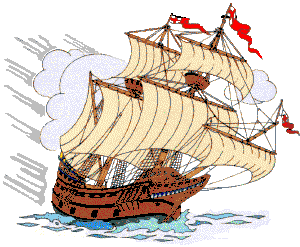

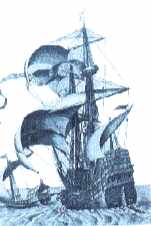




THE SPANISH LANGUAGE
& SPANISH-SPEAKING COUNTRIES
Use this  button to access information about button to access information about
Spain, Hispanic countries, their peoples, history, culture, etc.



|
|





|
 Classroom
Classroom



































































































 button to access information about
button to access information about 






